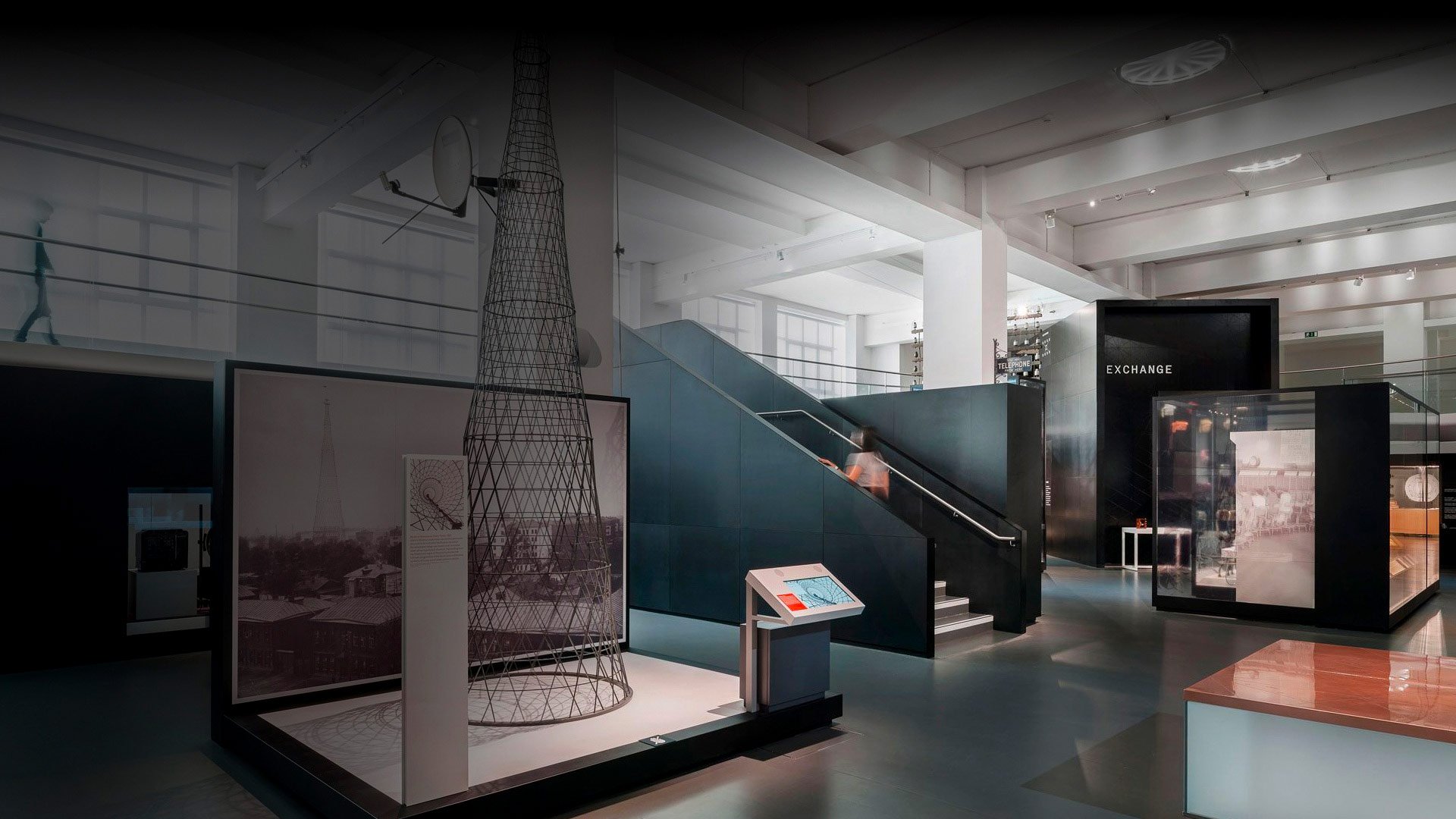
Aiding the Visually Impaired
We were asked how might we create a more inclusive experience for the visually impaired, allowing them to explore, learn and orientate themselves within the Information Age and Medicine Galleries?
5 years on from Conjure’s pioneering first Audio Eyes app for the Science Museum Information Age Gallery, we were tasked with developing an expanded update to coincide with the opening of the new Medicine Galleries.
As with the original, the purpose of the application was to enable blind or partially sighted visitors to have the best possible experience by providing audio descriptions and orientation, to allow them to navigate through the gallery.
Before embarking on the redevelopment of the app we examined all of the user and technical feedback that had been collated to help us fully understand how we could deliver an even better product for the next version.
“The “Audio Eyes” application delivers beyond our original expectations and will be a shining example of inclusion for the visually impaired for years to come.”
Anne Prugnon, New Media Manager, London Science Museum
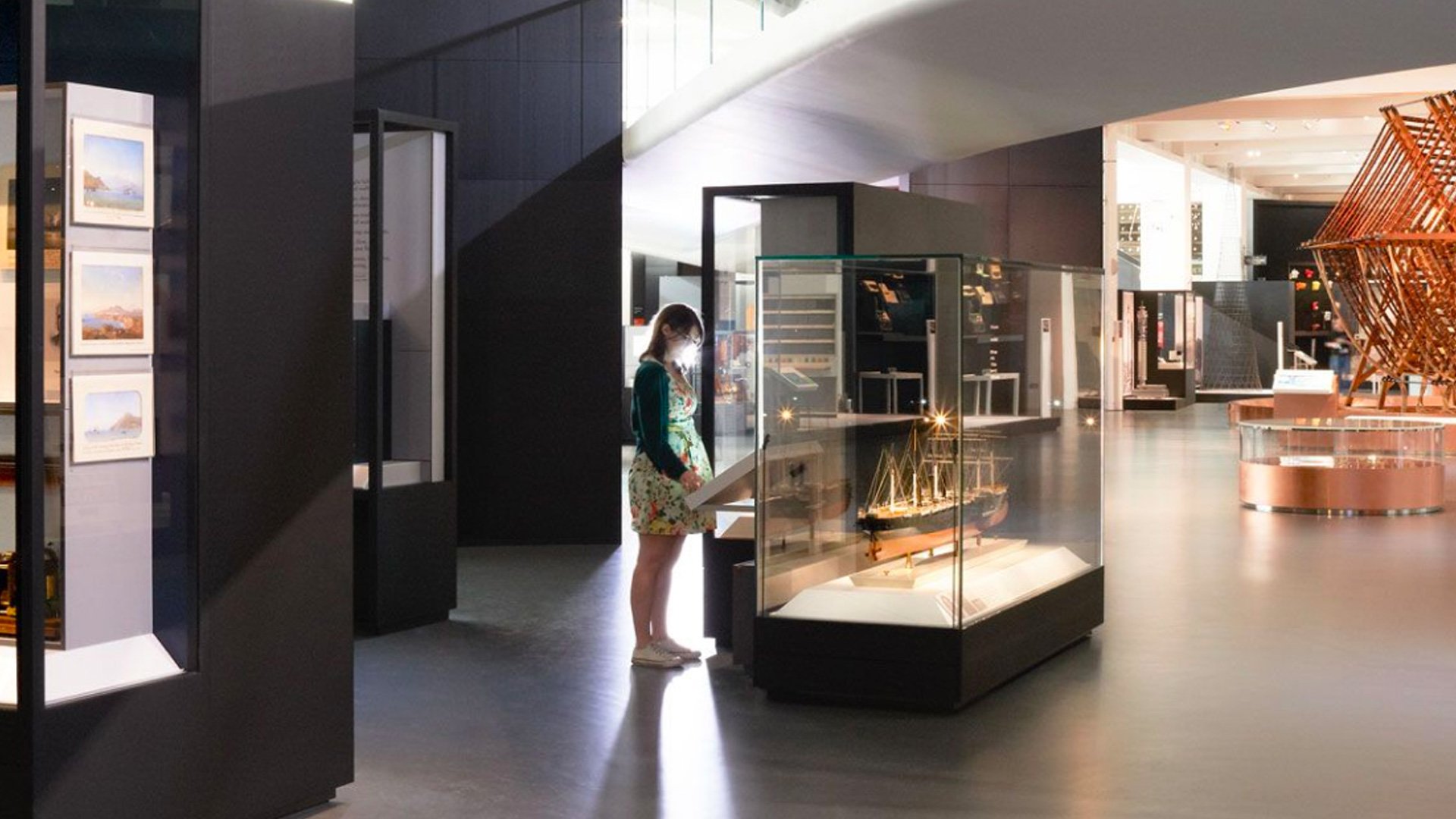
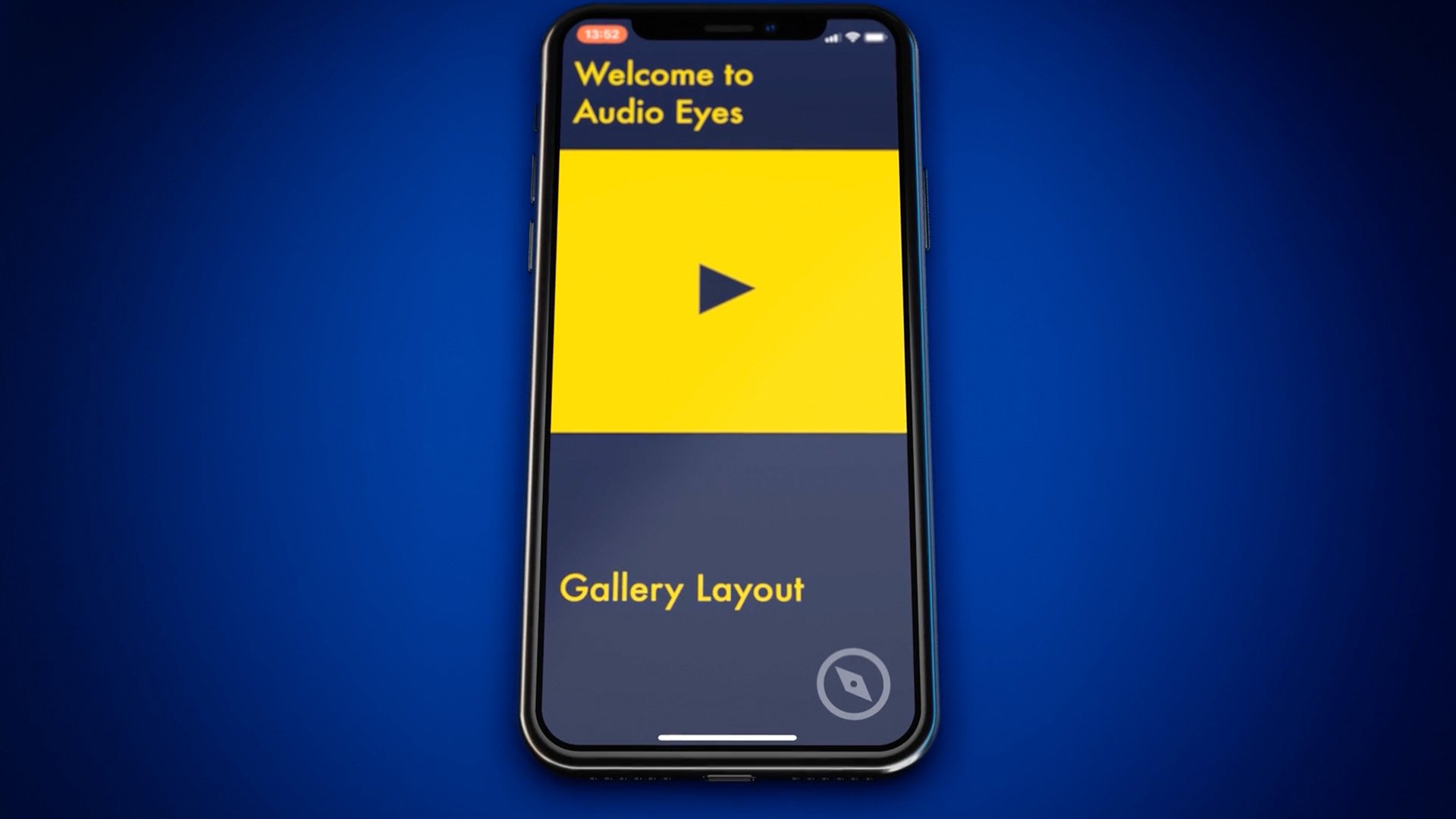

Simple and Accessible Design
Orienting yourself at any point, simply tap the top half of the screen and the audio guide will tell you where you are. Tapping the bottom half of the screen repeats audio commentary about nearby exhibits.
To make the app even easier to use, a custom iPhone case was produced that divides the screen up into distinct tactile areas.
The result was a really simple and intuitive app that helps create a more inclusive experience for the visually impaired, allowing them to explore, learn and orientate themselves within the Information Age and Medicine Galleries.
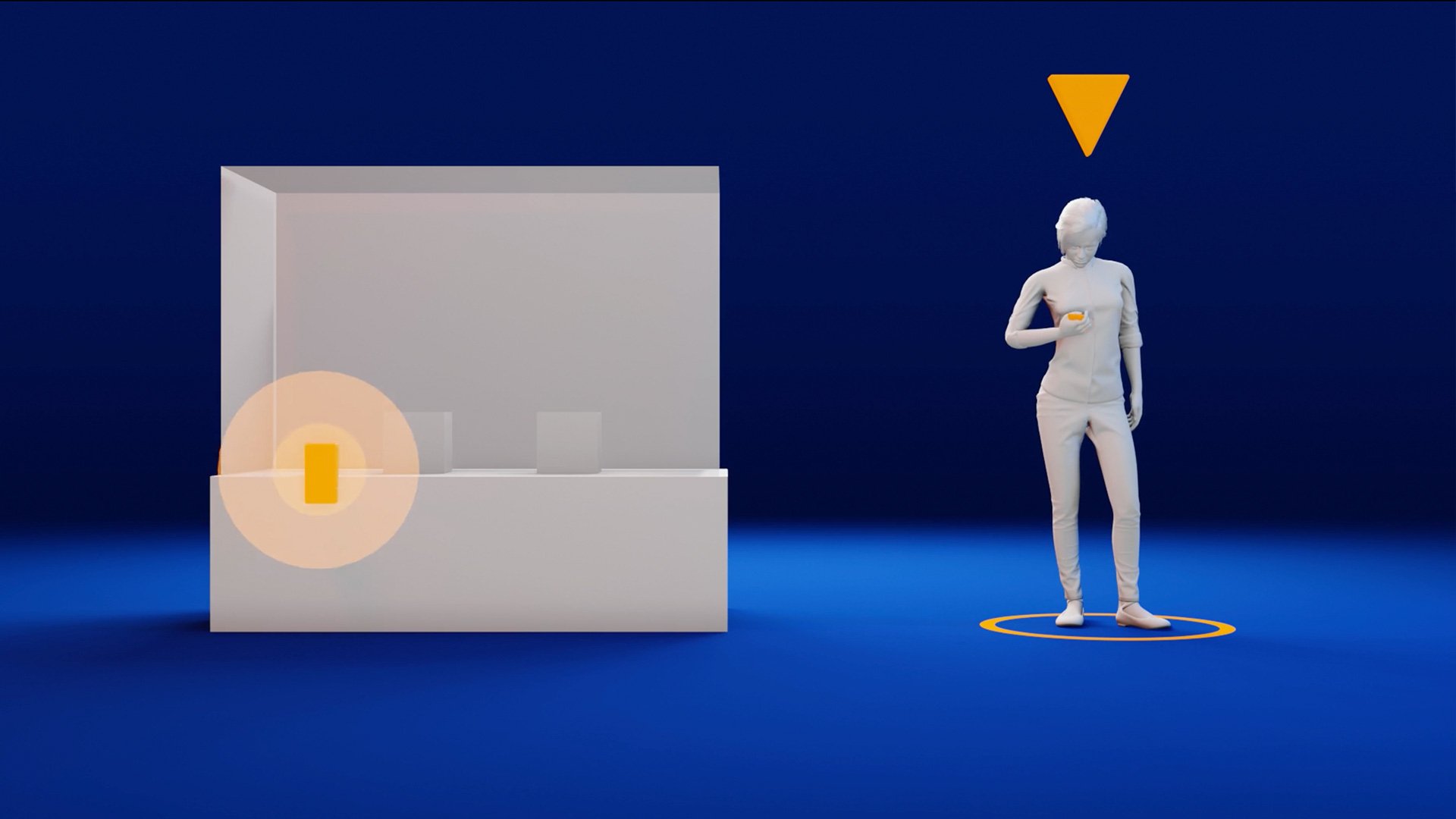
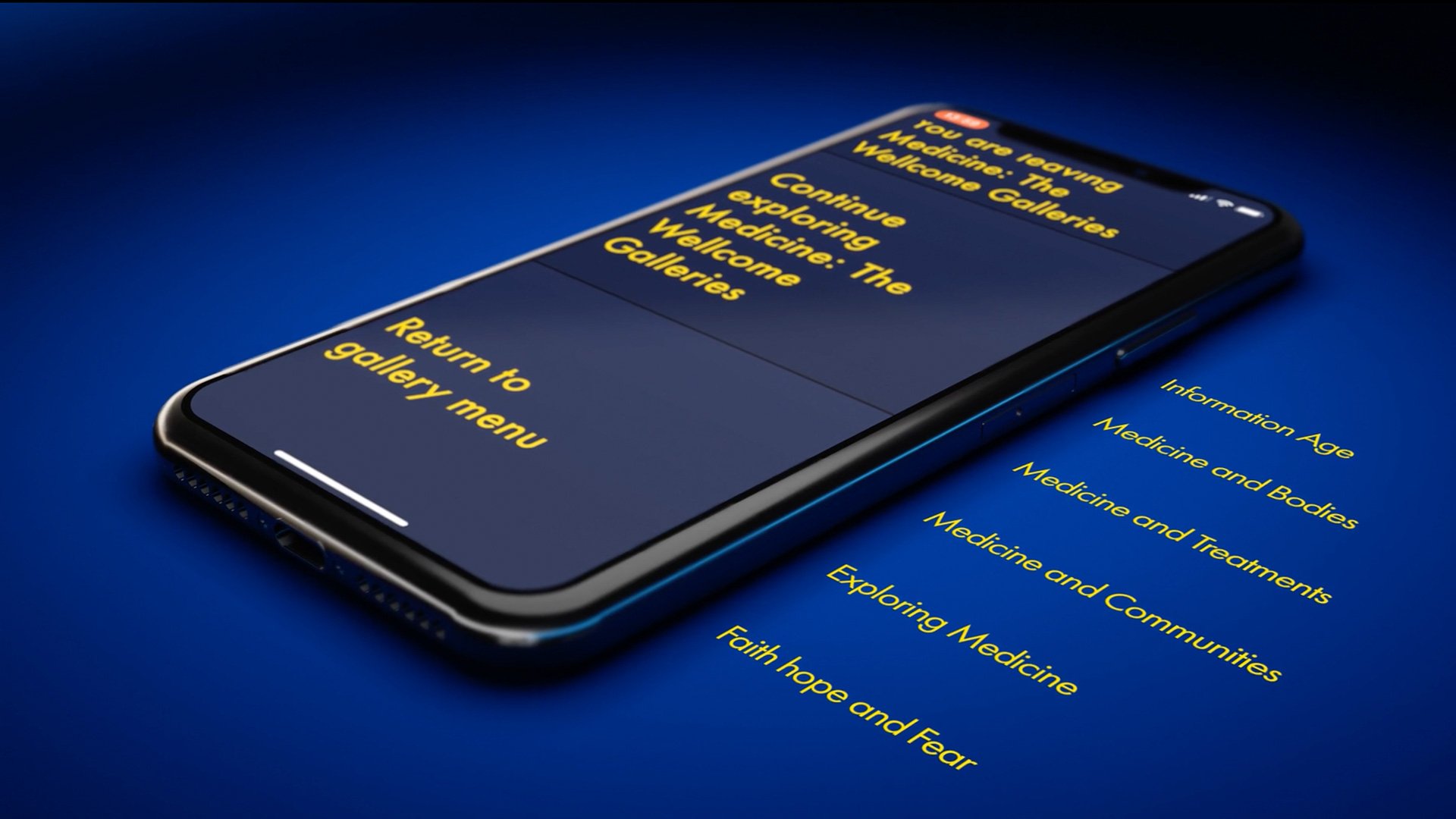

Connecting to the physical space
iBeacons were at the heart of our solution, opening a new world of possibilities for location awareness, and countless opportunities for interactivity between iOS devices and iBeacon hardware.
The app was re-written in Swift, using a modern architecture to simplify testing scenarios and be more app oriented, and creating a ranging engine – responsible for detecting which beacon is closest to the user. Simply injecting different ranging classes / implementations to the engine allowed for easy testing. We installed multiple beacons with varying signals all over the Conjure office to simulate an environment as close as possible to that of the galleries.
An Access and Inclusion specialist from the Science Museum team helped us test in a ready open space to to gain a better understanding of the requirements/needs for users with disabilities.
The main challenge in this project surrounded the detection and positioning of iBeacons. iBeacon technology can be unpredictable due to its signal strength and can be affected by the beacons being too close to one another, or signal strengths being obstructed.
To achieve the best results, beacon location testing was conducted to prevent signal overlap, and to ensure any blind spots were covered by adding additional beacons to cover difficult locations.
We created a prototype and tested it in real conditions. Having partial access to the Medicine Galleries as it was being built, we were able to trial around 90% of all possible beacons configurations.
A challenge, due to the nature of the exhibits meant we couldn’t place beacons in optimal locations. We eventually identified two main setting profiles of beacons depending on its role. We then had to address challenges created from the variety of materials and sizes of exhibit housings. Our solution was to find beacons that did not work properly with our main profiles and calibrate them individually.
Additional testing sessions in a ready to open space, with the Access and Inclusion specialist from the Science Museum team was a crucial step before releasing the app to the App Store.
Personal, trusted & immersive
A new version of the app that could operate with a reduced number of beacons required (lower cost). By integrating Text-To-Speech audio, we created flexibility in updating orientation audio enhancing the accessibility of the museum for blind or partially sighted visitors.
